THE ROCKY HORROR PICTURE SHOW (1975)
A newly-engaged couple have a breakdown in an isolated area and must seek shelter at the bizarre residence of Dr Frank-N-Furter.

A newly-engaged couple have a breakdown in an isolated area and must seek shelter at the bizarre residence of Dr Frank-N-Furter.


For years, the prevailing wisdom among critics about The Rocky Horror Picture Show was that it was more of a communal event than a worthwhile film. The movie itself was considered bad. James Berardinelli of ReelViews wrote: “The thing that makes The Rocky Horror Picture Show both adored and beloved relates to the communal experience, not the ineptly made, amateurish musical that unspools on screens.”
Arguably the most important film critic of the 20th-century, Roger Ebert, assigned a slightly kinder review, covering Rocky Horror for its home video release: “As for the movie itself, it’s no better than it ever was. Viewed on video simply as a movie, without the midnight sideshow, it’s cheerful and silly, and kind of sweet, and forgettable.”
Ineptly made. Amateurish. Kind of sweet. Forgettable. These aren’t adjectives one associates with a classic film that’s since become a cultural touchstone for millions. Is it telling that both Berardinelli and Ebert are, in modern parlance, cishet men? Maybe, maybe not. The film’s since become associated with the LGBT community for obvious reasons, and both reviews I cited focused on the participation element common to US theatre showings, where people dress up as the characters and essentially put on their own show for the audience.
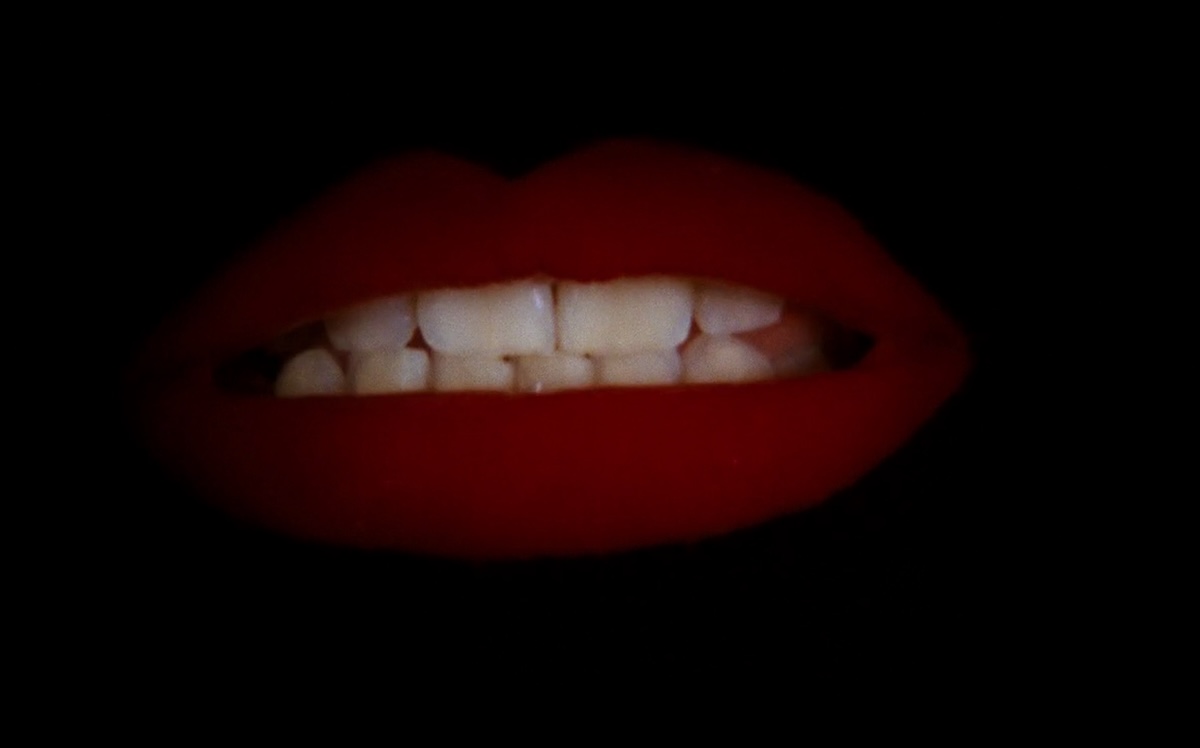
But focusing too much on this performative fandom is to do the film a disservice, I think, and to presume that it’s more relevant to particular communities of fans who show up for the in-theatre experience and not so much the work itself. I love Rocky Horror and have no particular desire to flaunt what I have (or don’t have) as Frank-N-Furter or Riff Raff. If anything, I reckon Rocky Horror is more likely now to expand its fanbase, as rigid gender roles erode and straight people —particularly men—are less inclined to feel excluded by camp. Because, and here’s the thing, The Rocky Horror Picture Show is a great film.
To be sure, I’ve had mixed results introducing it to people. My younger brother loves it, and one of my older brothers loved ‘parts’ of it. Both are cishet. However, a Gen Z trans male friend, whom I invited to a screening, was completely nonplussed. And somewhat put off by the frequent use of the dated term ‘transsexual’.
Still, regardless of whom it appeals to or why, what I get from Rocky Horror is little more or less than one of the most entertaining musicals in cinema history. For me, it’s better than Grease (1978), that came out three years later and claimed a larger stake in the public consciousness, and appetite for kitsch. Where Grease is a plastic meditation on nostalgia for a 1950s that never really was—like a sunnier and less authentic answer to Rebel Without a Cause (1955)—Rocky Horror is best understood as a parody of the horror and science-fiction genres as they were in the ‘50s and even before.
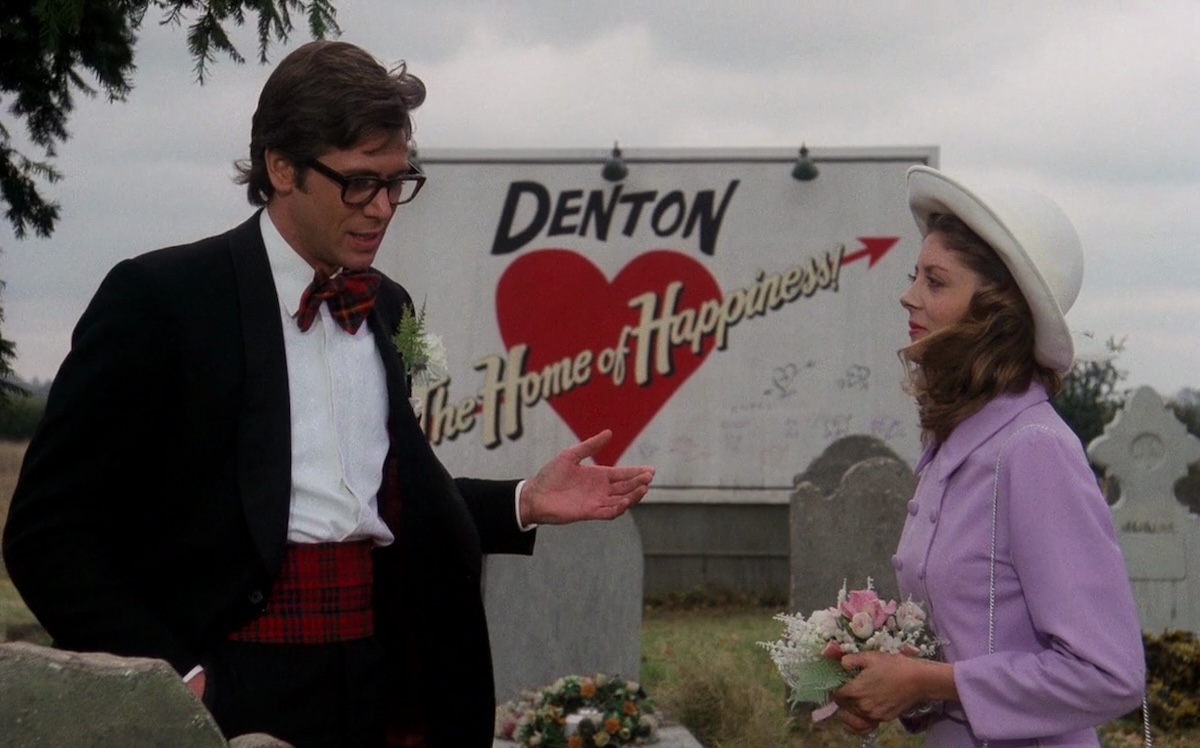
The plot is straightforward and daffy in the manner of popular musicals: Brad (Barry Bostwick) and Janet (Susan Sarandon) are a fresh-faced, all-American couple who, while driving away from a wedding, experience car trouble and call for help at a local castle. It is a dark and stormy night, and they soon realise that they’re in over their heads when their host turns up: an insane, crossdressing scientist called Frank-N-Furter (Tim Curry), whose experiments in reanimation have resulted in the titular Rocky Horror (Peter Hinwood with Trevor White performing the singing), a blond Adonis tastier than Frankenstein’s monster ever was…
The most recognisable performance here is, of course, Curry’s, and he dominates the scene to a point where he’s effectively the lead, despite being the antagonist. It’s funny how much adoration he gets as this character when Dr Frank-N-Furter is, in the logic of the plot, both a psychotic murderer and predatory space alien; Hannibal the Cannibal crossed with a xenomorph. That speaks to the essential silliness of movie musicals, I suppose, how their plots are less important than their vibes. No one questions why Olivia Newton-John needs to change her personality to be with John Travolta in Grease, for example, despite his not being willing—for her sake—to defy his friends’ disapproval.
But it also speaks to the sheer charisma of Curry, whose work here is maybe the most iconic queer performance by a non-queer actor in popular cinema. When he croons, “I’m not much of a man by the light of day… but by night, I’m one hell of a lover”, he radiates pure sexual dynamism that has little to do with physical attraction—he’s almost the opposite of his creation, Rocky Horror, a near-mute hunk of toned and glistening man-flesh—and is more instinctual; intellectual, if you like. Even now, he represents a certain erotic danger.
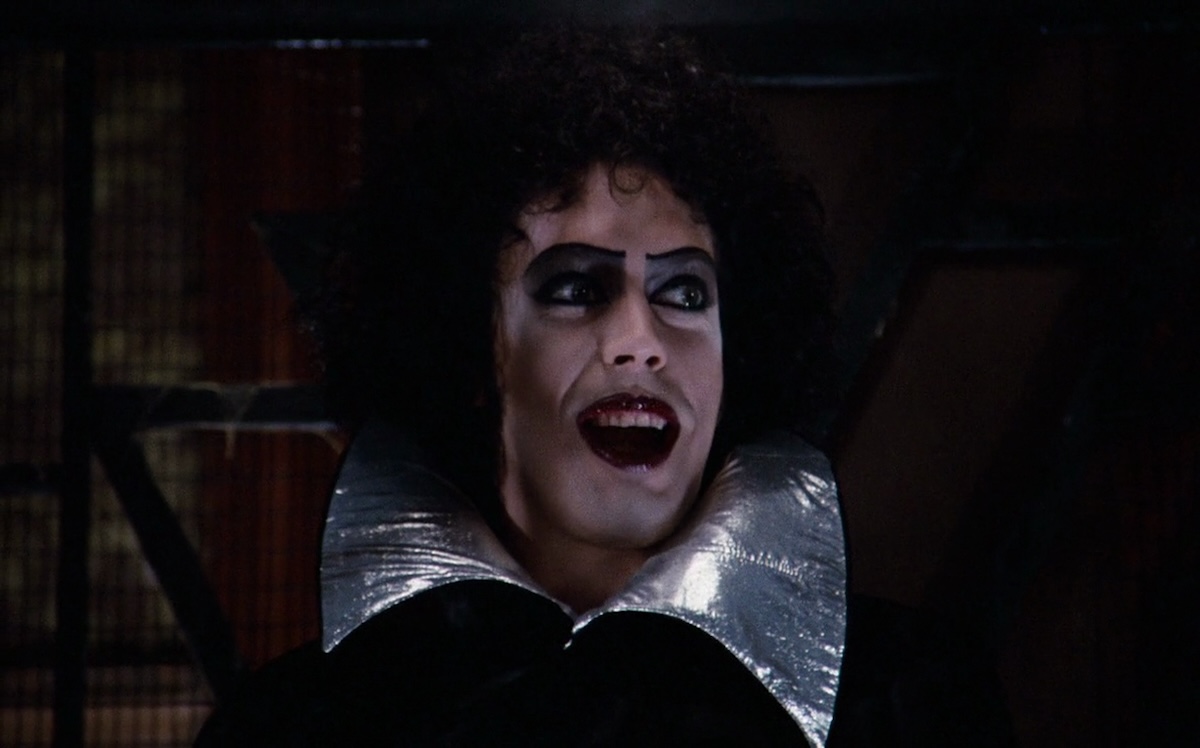
Someone once said of Curry, on his role in Muppet Treasure Island (1996), that he acts as though he’s just another Muppet, so to speak. This conveys something essential about him as a performer, that he’s larger than life when acting, suggesting a persona beyond the one that only exists in the script. He’s not an actor who disappears into the role, is what I’m trying to say, but another equally breathtaking type, one who becomes and then starts adding to the role.
Directed by Jim Sharman, who co-wrote the screenplay with Richard O’Brien, on whose 1973 stage play it’s based, the story satirises the upending of cultural norms around sex and sexuality within the context of tropes from the sci-fi and horror genres. Populist speculative cinema in the 1950s was famously allegorical of communism; The Fly (1958), The Blob (1958), The Thing From Another World (1951)… all of them were agents of the Red Menace, invading an alien culture, ours, and making us alike to them.
The stroke of genius in The Rocky Picture Show is to replace communism with non-heteronormativity. I was going to say ‘queerness’, but I feel as though to Brad and Janet even heterosexual sex is queer if it is not missionary with the lights out, no moaning, and constant apologising. What Frank-N-Furter and his crew of weirdos represent is not even necessarily about sex, just living a life apart from the norms that had gone unchanged until the Sexual Revolution. They stand for women competing with men in the workplace, burning your bras, breaking out from the black-and-white world of the ’50s sitcom, just as Kirsten Dunst and Tobey Maguire did in Pleasantville (1998).
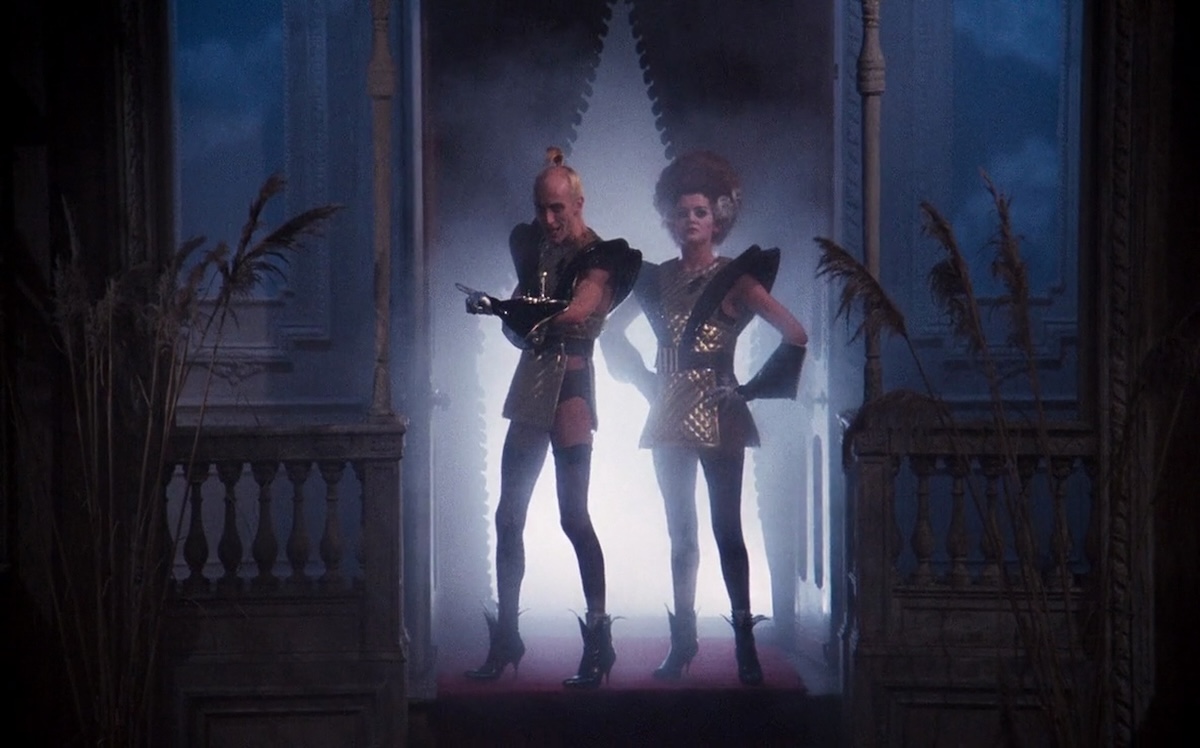
This perhaps also explains the mad doctor’s enduring appeal, even when he kills and eventually cannibalises poor Meat Loaf’s character. What I find remarkable is how Sharman and O’Brien borrow the structure of a Red Scare-style, heteronormative sci-fi horror film of two decades before, when they were working, execute a story in that mould, and yet still make the villains somehow more sympathetic than the heroes. Like a version of The Blob where you end up preferring, well, the blob.
The alien race that the doctor represents seems somewhat communistic if only by blurring such earthbound binaries as sex and gender. Amusingly, they define themselves as other, Transylvanians from the planet Transsexual, when presumably in their culture, men dressed ‘like women’ and vice versa is the norm.
You don’t need me to tell you the songs are fantastic. “Science-Fiction Double Feature”, “Whatever Happened to Saturday Night?” (Meat Loaf’s number), and “The Floor Show” are possible favourites of mine, but it’s genuinely hard to decide upon favourites because it requires exclusion, and any of these songs could top the list for me. Even now, I’m regretting not citing the “Time Warp”, which was my introduction to this film back when I was a kid at English holiday parks, where it was always included in the clubhouse’s roster of standards. And oddly, my three don’t include any songs sung by Curry, when his singing is one of the major highlights of the film.
The Rocky Horror Picture Show might be more of a cultural object than anything now, but if your heart is open to the music, you will find something to thrill, chill, and fulfil you.
UK • USA | 1975 | 100 MINUTES • 98 MINUTES (US VERSION) | 1.85:1 | COLOUR | ENGLISH

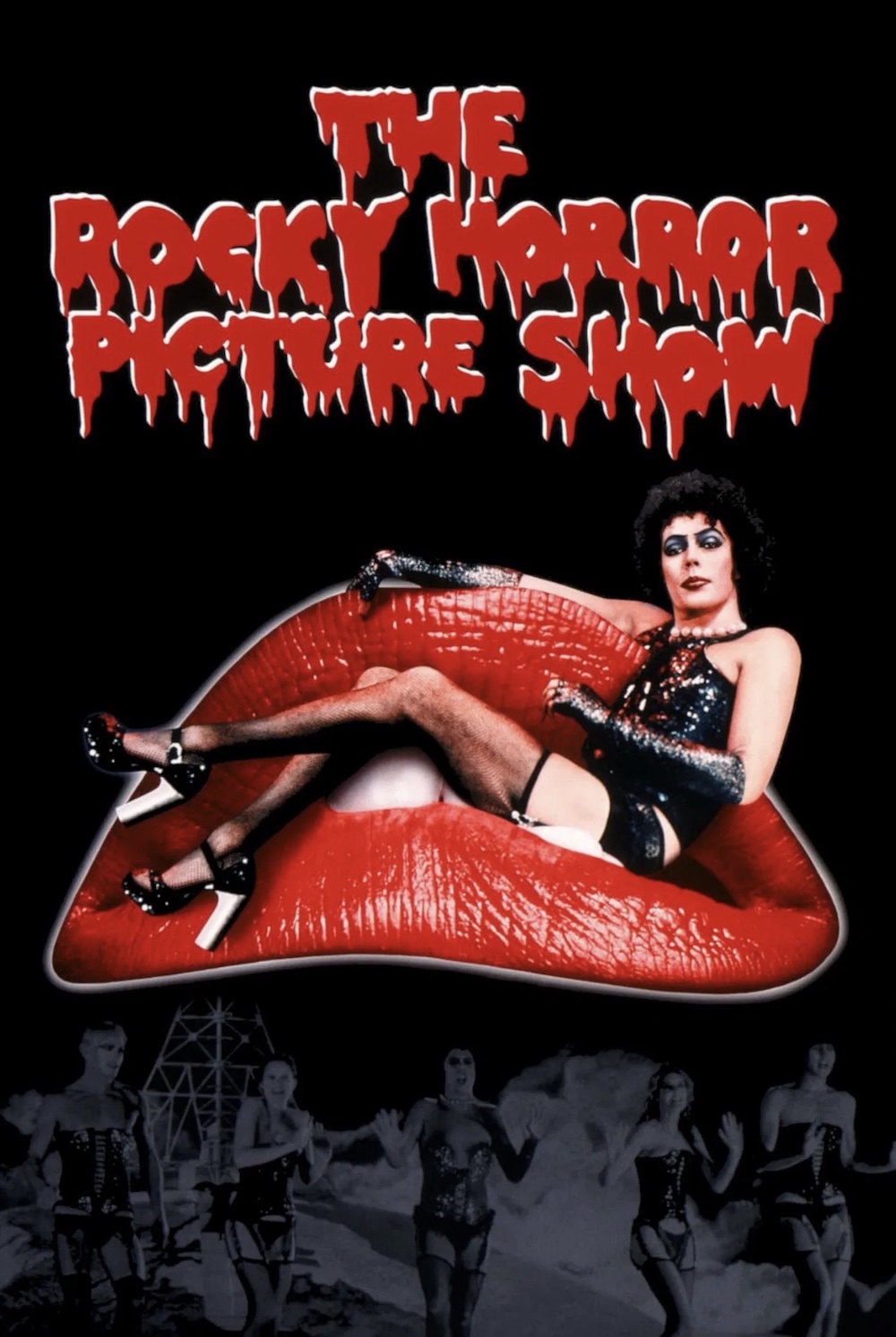
director: Jim Sharman.
writers: Richard O’Brien & Jim Sharman (based on the stage play by Richard O’Brien)..
starring: Tim Curry, Susan Sarandon, Barry Bostwick, Richard O’Brien, Patricia Quinn, Little Nell, Jonathan Adams, Peter Hinwood, Meat Loaf & Charles Gray.
